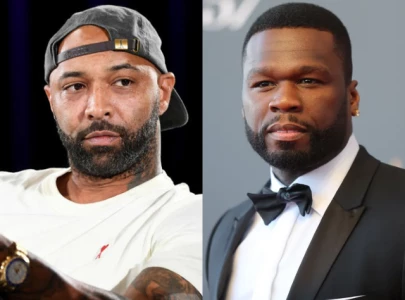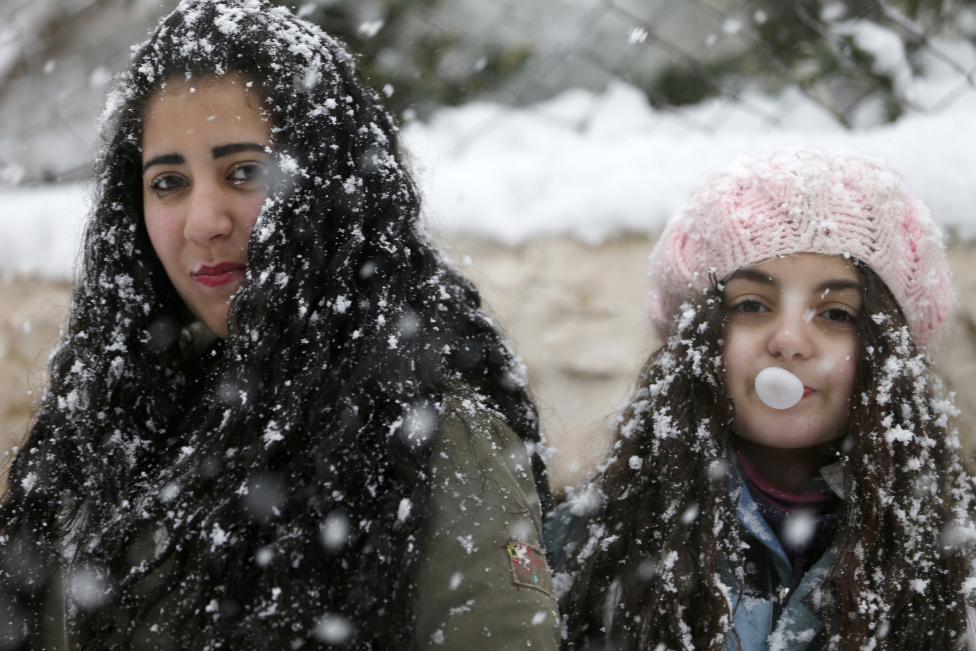
Published earlier this year, this book examines how Muslims in Britain are increasingly expressing their identity and faith through different forms of dress.
“In the West, ‘Islamic’ covering, such as the hijab (headscarf), jilbab (long black gown) and niqaab, is often perceived as being traditional, backward and potentially anti-Western. I wanted the book to open people’s minds and take them away from the stereotypes. For many Muslims now it is absolutely not about traditional versus modern,” said Emma Tarlo, who is a Reader in the Department of Anthropology, Goldsmiths, University of London.
Muslims in the West are going through complicated internal debates about how to present themselves in the public sphere. Young people who want to express their faith often want to get away from their ethnic background. They want to be British and Muslim.
The older generation from South Asia, for instance, dress in a culturally defined way. The tight hijab is very different from the dupatta that they wear. For the young it’s partly about stepping away from tradition into being modern Muslims. Many feel a sense of empowerment and pride in their religious identity.
The emergence of companies that are catering quite specifically to Muslims who want to cover up and are living in the West, is quite interesting. Most of those involved, personally struggle to find clothes that cover and aren’t austere black jilbabs imported from Syria.
Designers want to design clothes for who they feel they are. Hijab also becomes a fun and attractive thing, no longer associated with austerity and piety. You can be part of the hijabi crowd, it can be cool as well.
There are some hardliner groups who abide by a stricter interpretation of Islam. They want the dress to be an explicitly anti-Western stance and believe that engagement with fashion is a negative thing.
The book also exposes tensions within this movement. People are policing each other’s piety and there are assumptions made about you if you don’t cover up. Women living in certain areas of England can find themselves under pressure to wear hijab. In these areas, Muslims participating in local community life stay covered up, and there can be pressure to conform.
Many of the girls interviewed by The Express Tribune faced resistance from their families when they took up the hijab. Initially, they said, it is very difficult. They felt like all they were donning before the hijab had been completely wiped out and that they were being perceived as Muslim and nothing else. Hence, they would have to work harder to reassert themselves through it and that’s where the experimentation with clothes comes in.
The girls said they eventually settled into it and then felt they couldn’t imagine life without it. According to them, they feel a sense of solidarity and an instant connection with other people who wear it.
The hijab can mean different things to different people. In many instances, second generation girls visit relatives in Pakistan or Bangladesh with their relatives expecting them to be dressed up in the latest fashions, except, out steps a hijabi. They’re told, “You can take your hijab off now,” and the British girl says, “But you don’t understand why I’m wearing it!”
It’s clear that what might be an act of rebellion in one place might be an act of conformity in another. In the West it’s more difficult to assert a minority identity, and being visibly Muslim has the sense of doing something for yourself.
Published in The Express Tribune, December 20th, 2010.























COMMENTS
Comments are moderated and generally will be posted if they are on-topic and not abusive.
For more information, please see our Comments FAQ